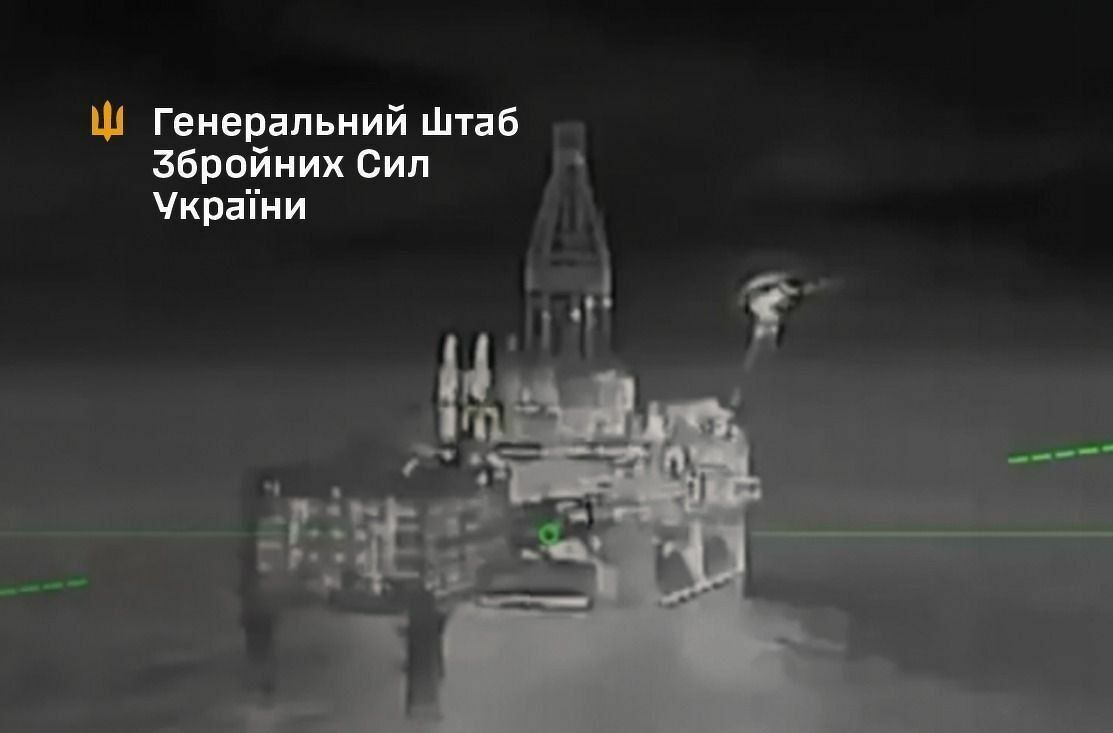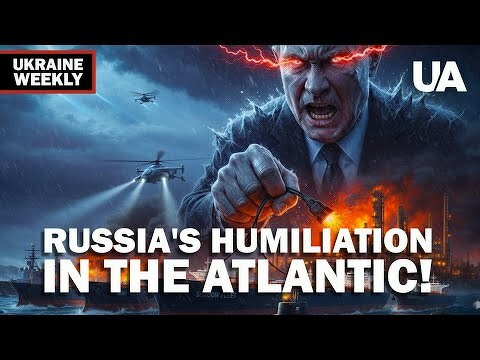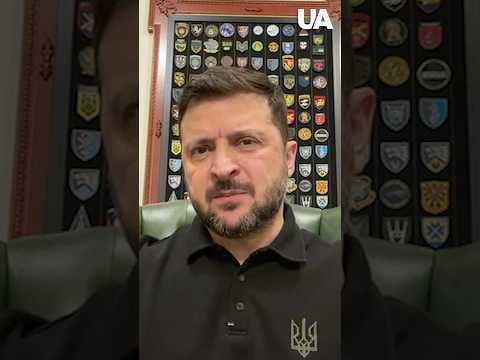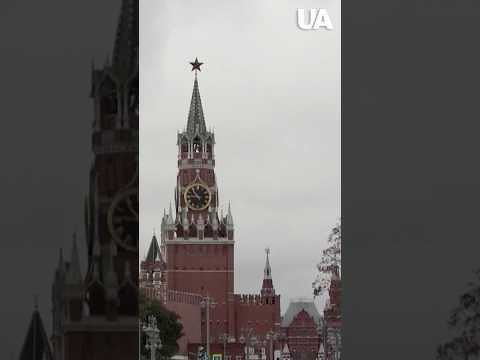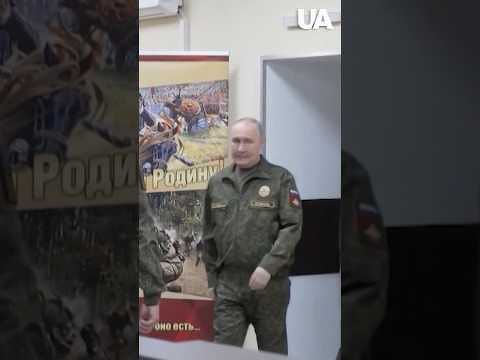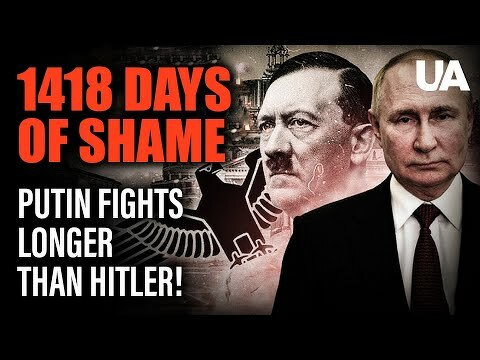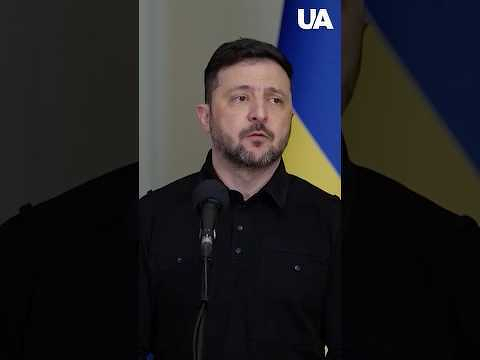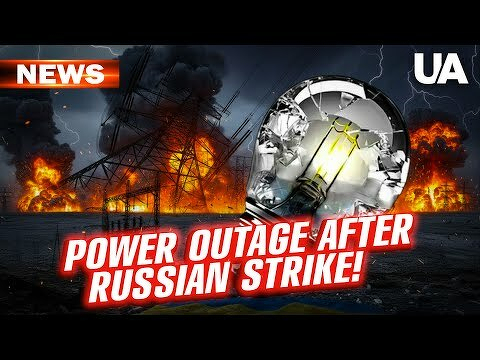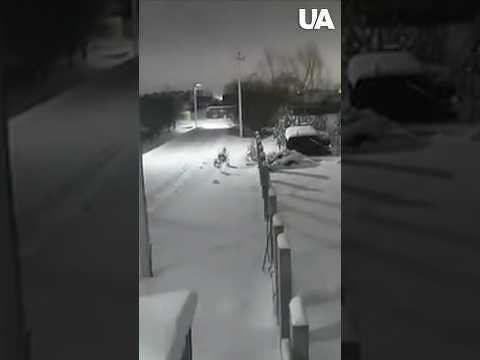
Reading

Spies, Lies, and Algorithms
Amy B. Zegart
- Ukraine hits Russian drilling platforms in Caspian Sea, military reports
- Ukraine brings US-made Tempest air defense system into combat, footage suggests
- Russia seeks to set stage for new offensive, potentially threatening …
Photos
ORESHNIK strikes for the SECOND time during the WAR – 🚀 this time CLOSER to NATO! #shorts
Ukraine
Russia
Photos
Russia 'repeated fascism,' Zelensky says as war in Ukraine outlasts Nazi Germany's war with USSR
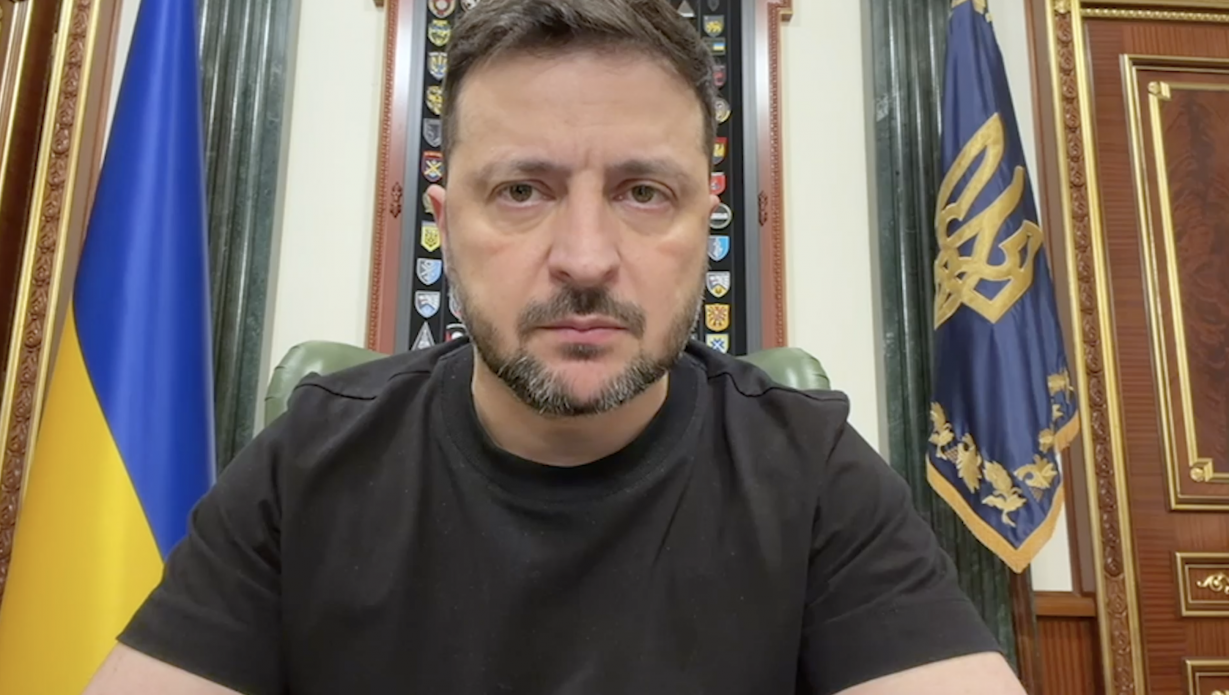
Russia
Photos
🚢 US seizes five tankers right under Putin's nose! Kremlin goes all-in amid Arctic freeze!
Ukraine
Russia
Photos
UK developing ballistic missiles for Ukraine capable of striking deep inside Russia
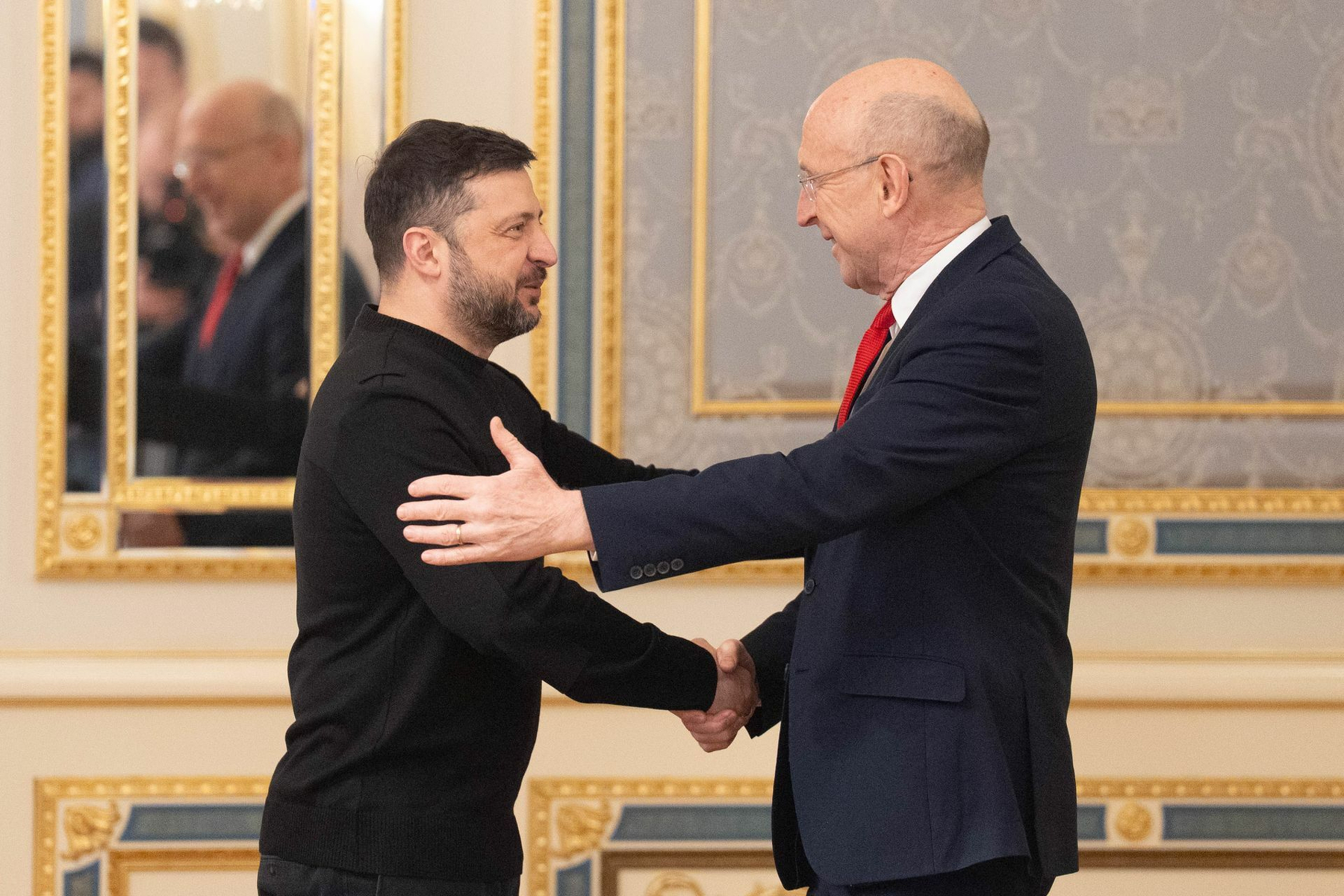
Russia
Photos
Putin outlasts even Hitler – his WAR lasts 1418 days already! – Zelenskyy #shorts
Ukraine
Russia
Former NATO Secretary Stoltenberg: Putin has 'completely failed' in Ukraine, could be forced to negotiate with sustained Western pressure
Russian president Vladimir Putin has yet to achieve success in his war against Ukraine and still shows no signs of readiness for constructive peace talks.
Since 2014, when Russia launched its aggression against Ukraine, Putin has failed to occupy the …
Ukraine
Russia
Photos
Ukraine war latest: Ukraine hits Russian drilling platforms in Caspian Sea, military reports
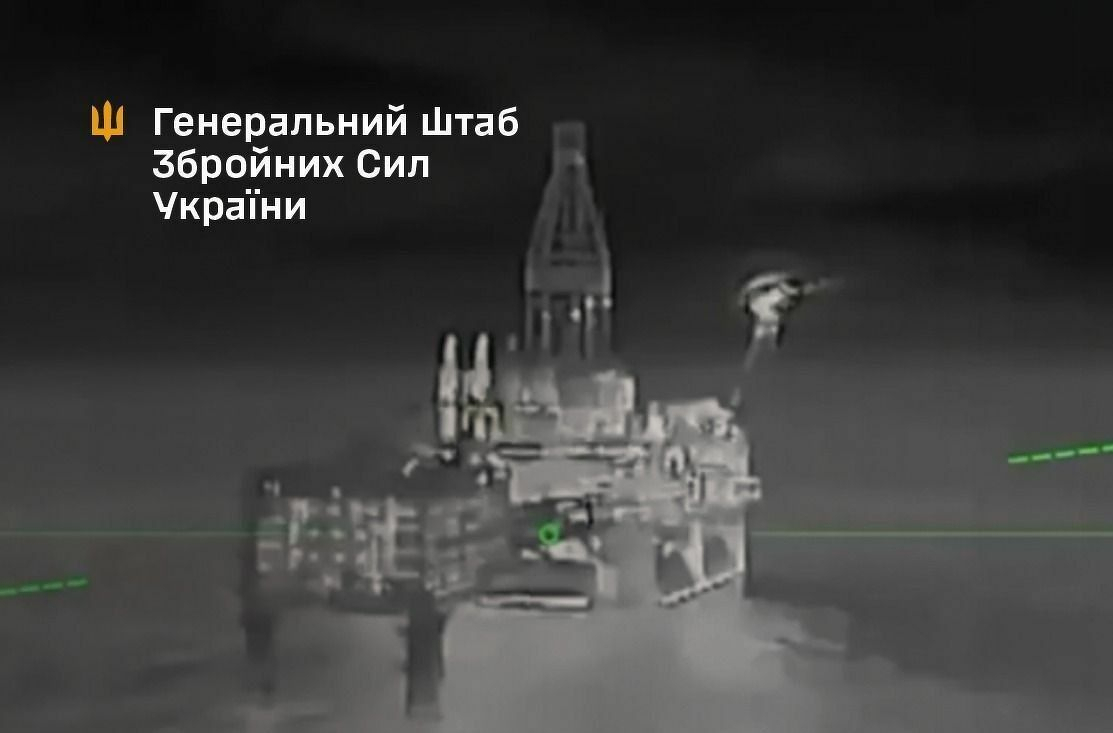
Key developments on Jan. 10-11:
Ukraine
Russia
Russia’s Oreshnik missile strike near EU border seen as signal to the West, spurring UN Security Council push and EU calls for air defenses and tougher sanctions
Against the backdrop of Russia’s Oreshnik missile strike, President Volodymyr Zelensky called for a clear global response. “First and foremost from the United States, whose position Russia does take into account. Russia must receive signals that it …
Ukraine
Photos
Ukraine brings US-made Tempest air defense system into combat, footage suggests
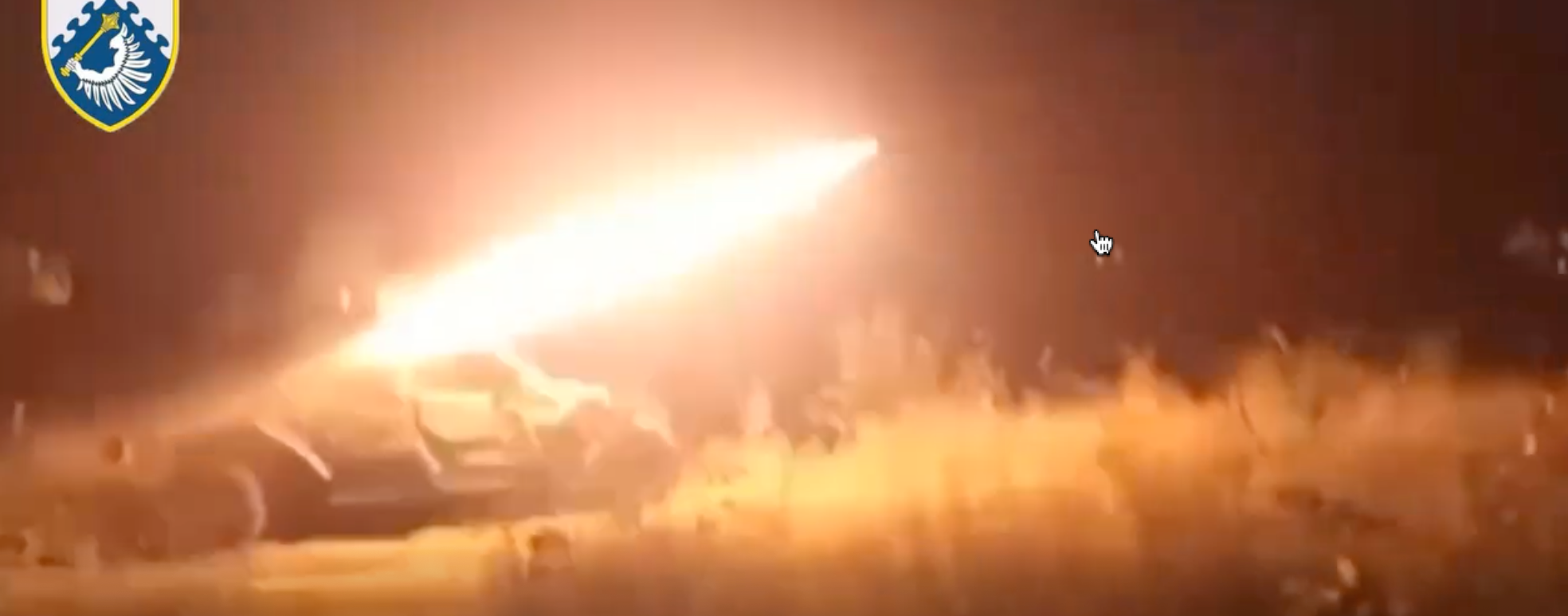
Russia
Photos
RUSSIAN HOUSES with FSB agents inside! 🕵️ Russian "artists" gather INTELLIGENCE in Europe
Ukraine
Russia
Ukrainian intelligence says Kadyrov’s kidneys have failed as Kremlin scrambles for a successor
Ukrainian intelligence says Ramzan Kadyrov is gravely ill, and the Kremlin is fast-tracking the search for a replacement amid fears of instability in Chechnya.
Ukrainian news agency UNIAN reports, citing a source at Ukraine’s Main Directorate of …
Russia
Photos
Putin’s "SMO" lasts LONGER than the WAR between HITLER and the USSR #shorts
Ukraine
Russia
Photos
Thousands 'without light and warm water' — At tournament, Ukrainian tennis player speaks out on Russian energy grid strikes

Russia
Photos
⚡️ PUTIN broke HITLER'S record! The loss of 1.2 million soldiers and absurd REASONS for the war
Belgorod officials go door to door urging residents to buy generators amid massive blackouts
Amid a sweeping blackout, Belgorod region Governor Vyacheslav Gladkov said that protecting one’s home “largely lies in the hands of homeowners.” He said officials are conducting door-to-door visits to speak with residents about the need to buy …
Ukraine
Russia
Ukrainian paratroopers repel Russian assault north of Pokrovsk
More than 20 Russian infantry troops tried to use weather conditions to move covertly toward Ukrainian positions north of Pokrovsk, but Ukrainian paratroopers detected them in time and opened fire, according to Ukraine’s 7th Corps of the Air Assault …
Ukraine
Russia
Photos
Russia fires Oreshnik missile near NATO border | Ukraine This Week
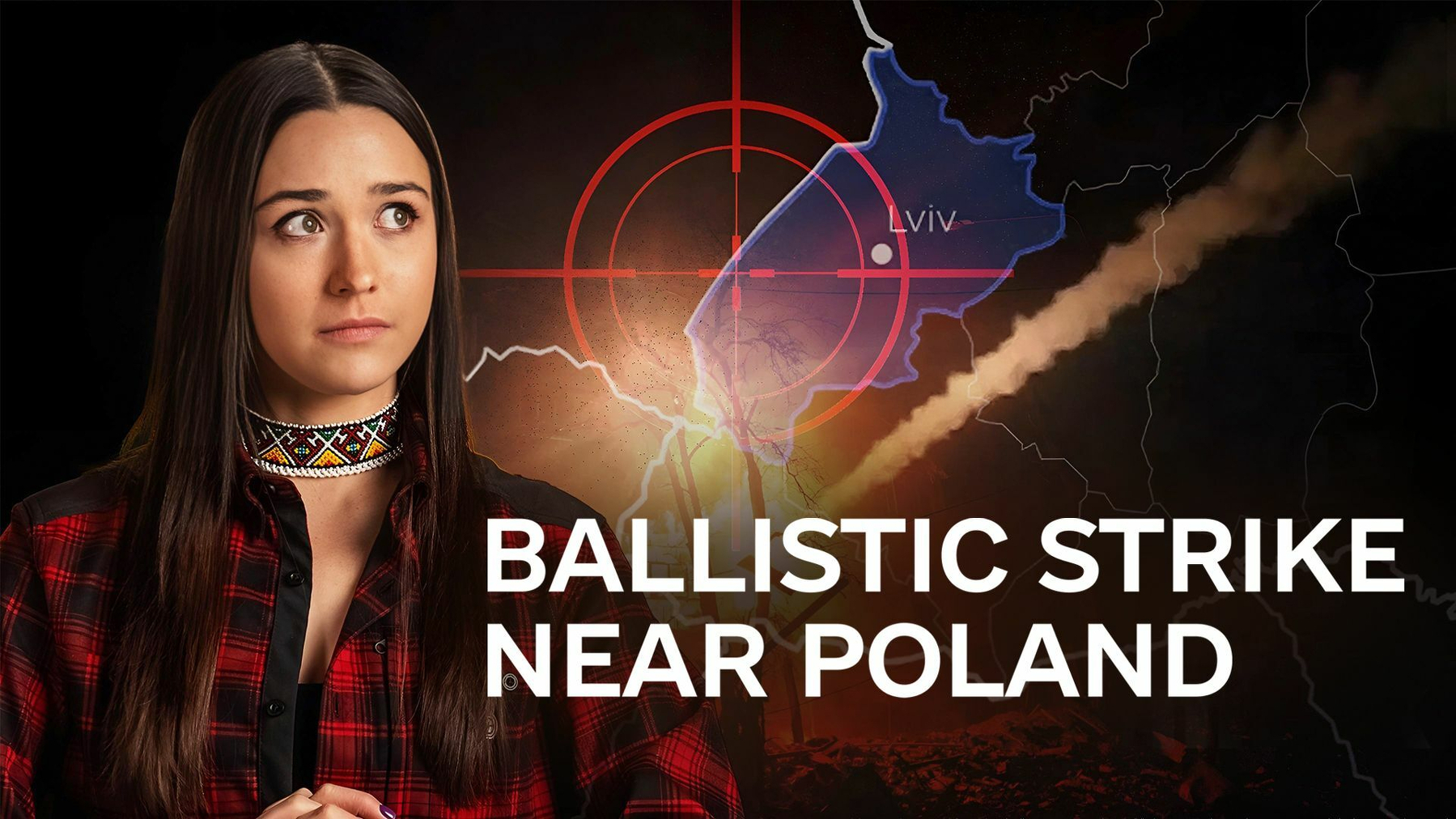
Ukraine
Russia
Ukraine strikes Lukoil drilling platforms in the Caspian Sea and Russian military sites
Ukraine’s Defense Forces struck three Lukoil drilling platforms in the Caspian Sea, a Buk-M3 air defense launcher in the Luhansk region, and a warehouse used by Russia’s 49th Army in the Kherson region, the General Staff’s press service said Sunday, …
Russia
Photos
ZAPORIZHZHIA IN DARKNESS! 🌑 Russia launched 154 drones: power grid under attack!
Ukraine
Russia
Photos
Ukraine hits Russian drilling platforms in Caspian Sea, military reports
